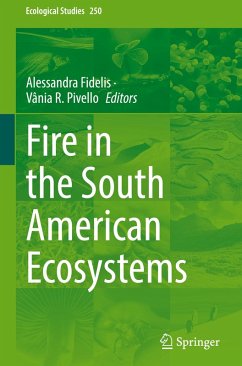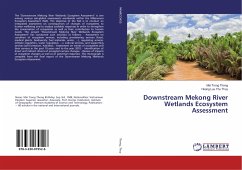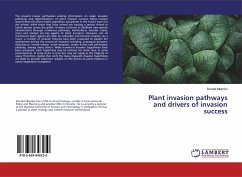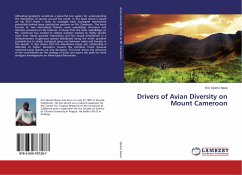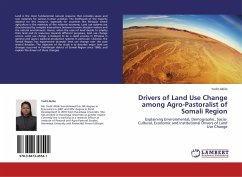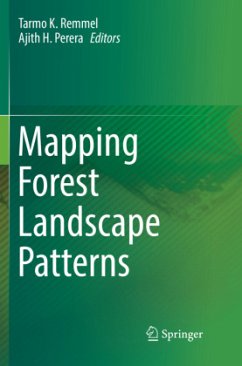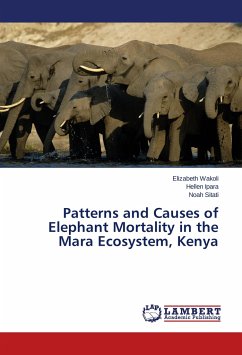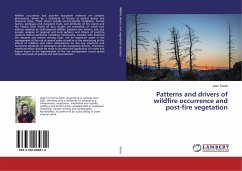
Patterns and drivers of wildfire occurrence and post-fire vegetation
Versandkostenfrei!
Versandfertig in 6-10 Tagen
46,99 €
inkl. MwSt.

PAYBACK Punkte
23 °P sammeln!
Wildfire occurrence and post-fire ecosystem resilience are complex phenomena, driven by a multitude of factors at several spatial and temporal scales. These drivers include environmental conditions, human factors, landscape and ecosystem traits, and attributes of fire events and fire history. Here results of four studies are presented, of which two address national to (sub-)regional wildfire patterns and drivers, and two provide analyses of regional and local patterns and drivers of post-fire resilience Robust predictive modelling frameworks, coupled with historical fire datasets and remote se...
Wildfire occurrence and post-fire ecosystem resilience are complex phenomena, driven by a multitude of factors at several spatial and temporal scales. These drivers include environmental conditions, human factors, landscape and ecosystem traits, and attributes of fire events and fire history. Here results of four studies are presented, of which two address national to (sub-)regional wildfire patterns and drivers, and two provide analyses of regional and local patterns and drivers of post-fire resilience Robust predictive modelling frameworks, coupled with historical fire datasets and remote sensing tools, can be important assets in the management of fire risk at several scales as well as in the monitoring of the effects of wildfires and other disturbances on the key structural and functional attributes of landscapes and the ecosystems therein. Therefore, continued effort should be made to promote the application of results and lessons learnt in the improvement of fire risk management across spatial scales and levels of political and technical decision.



